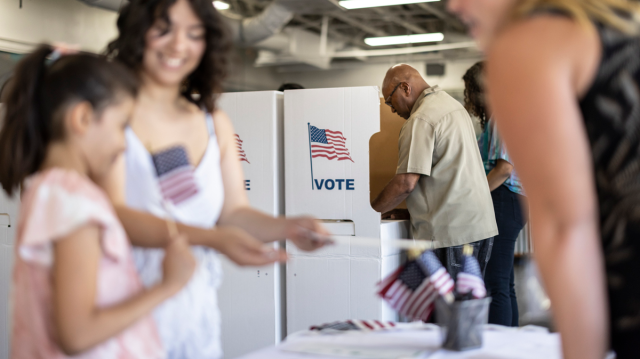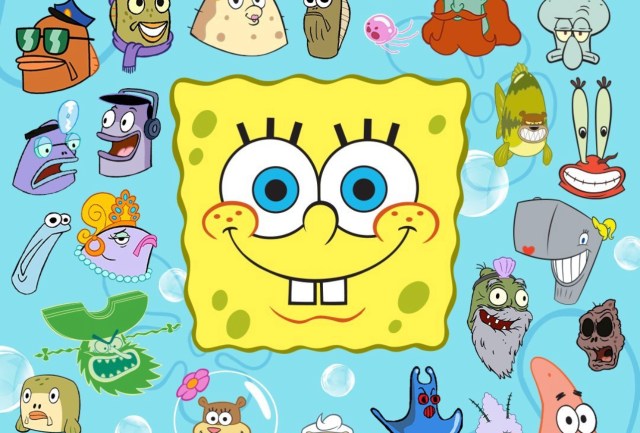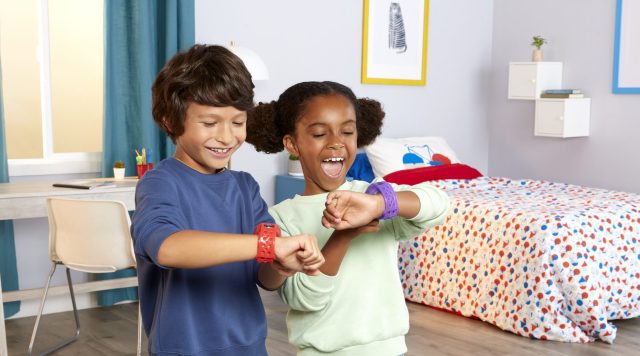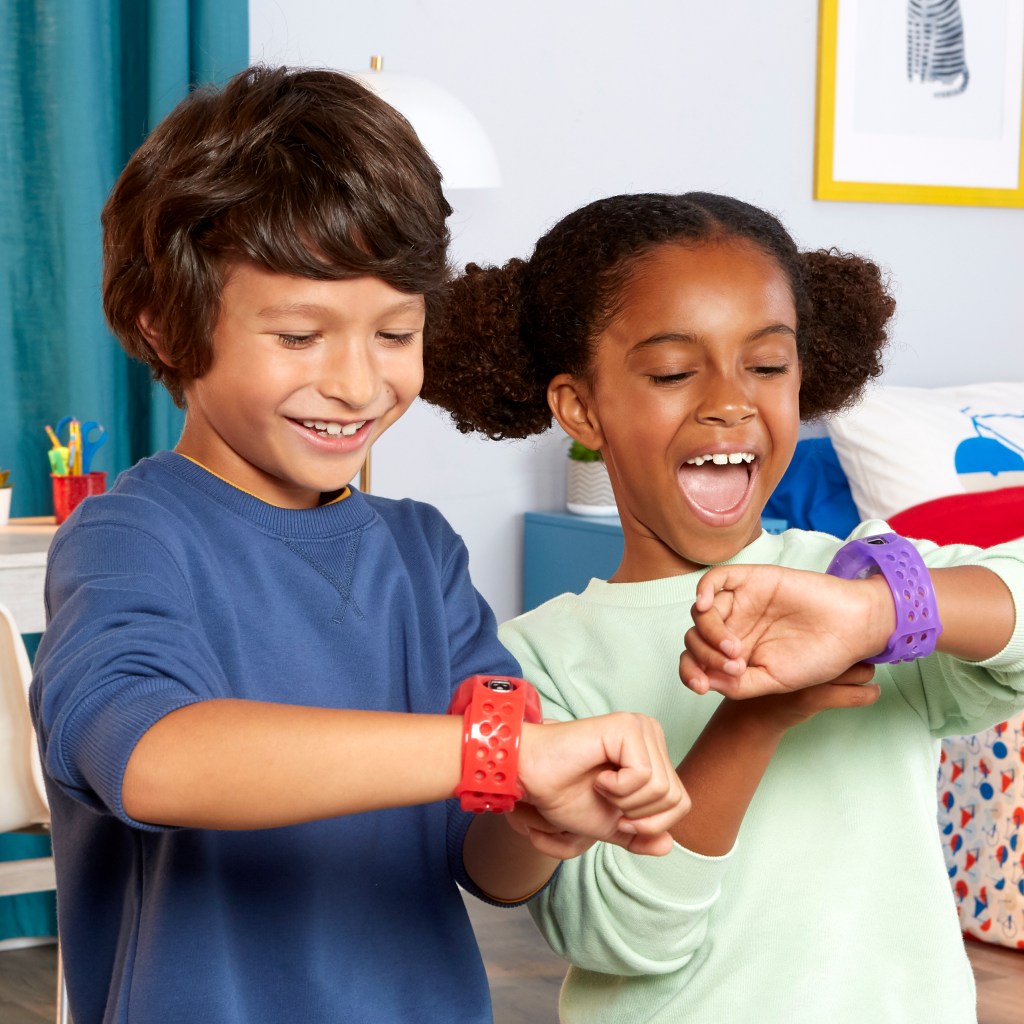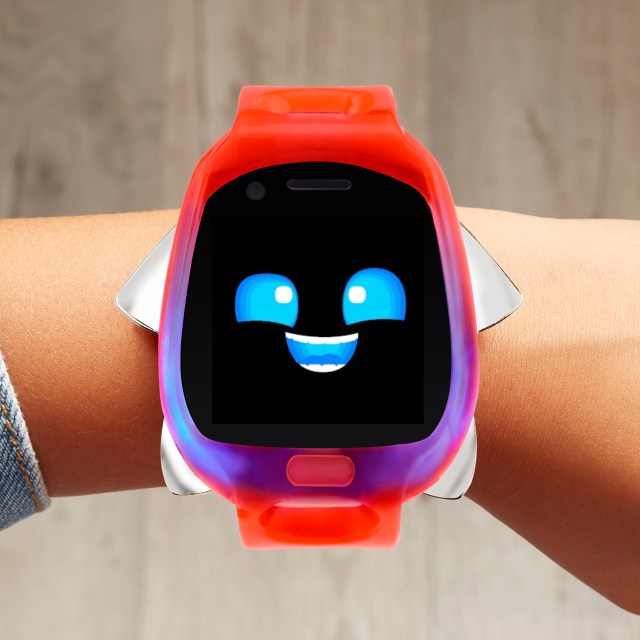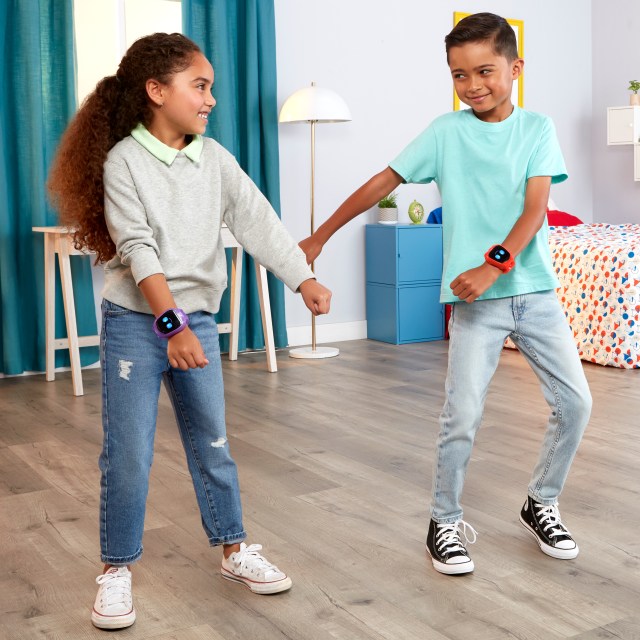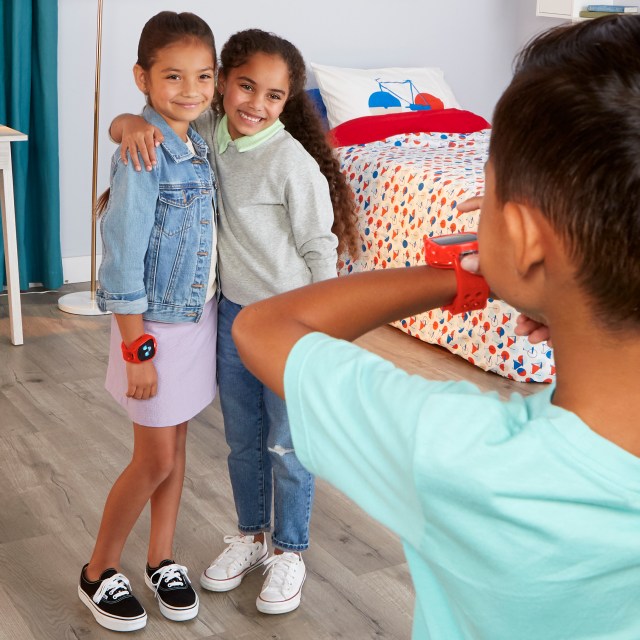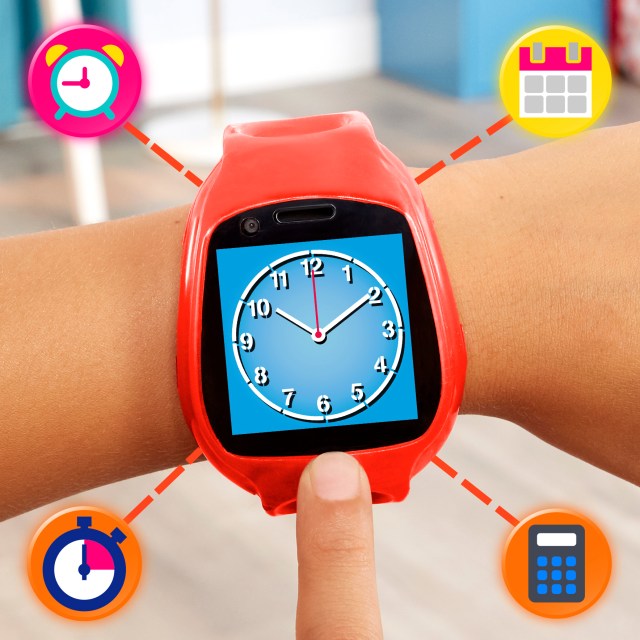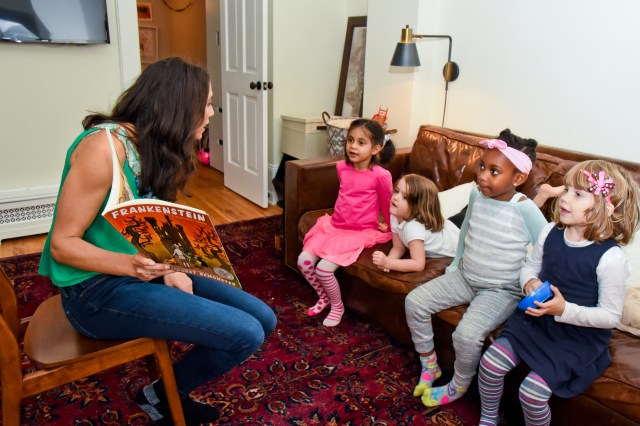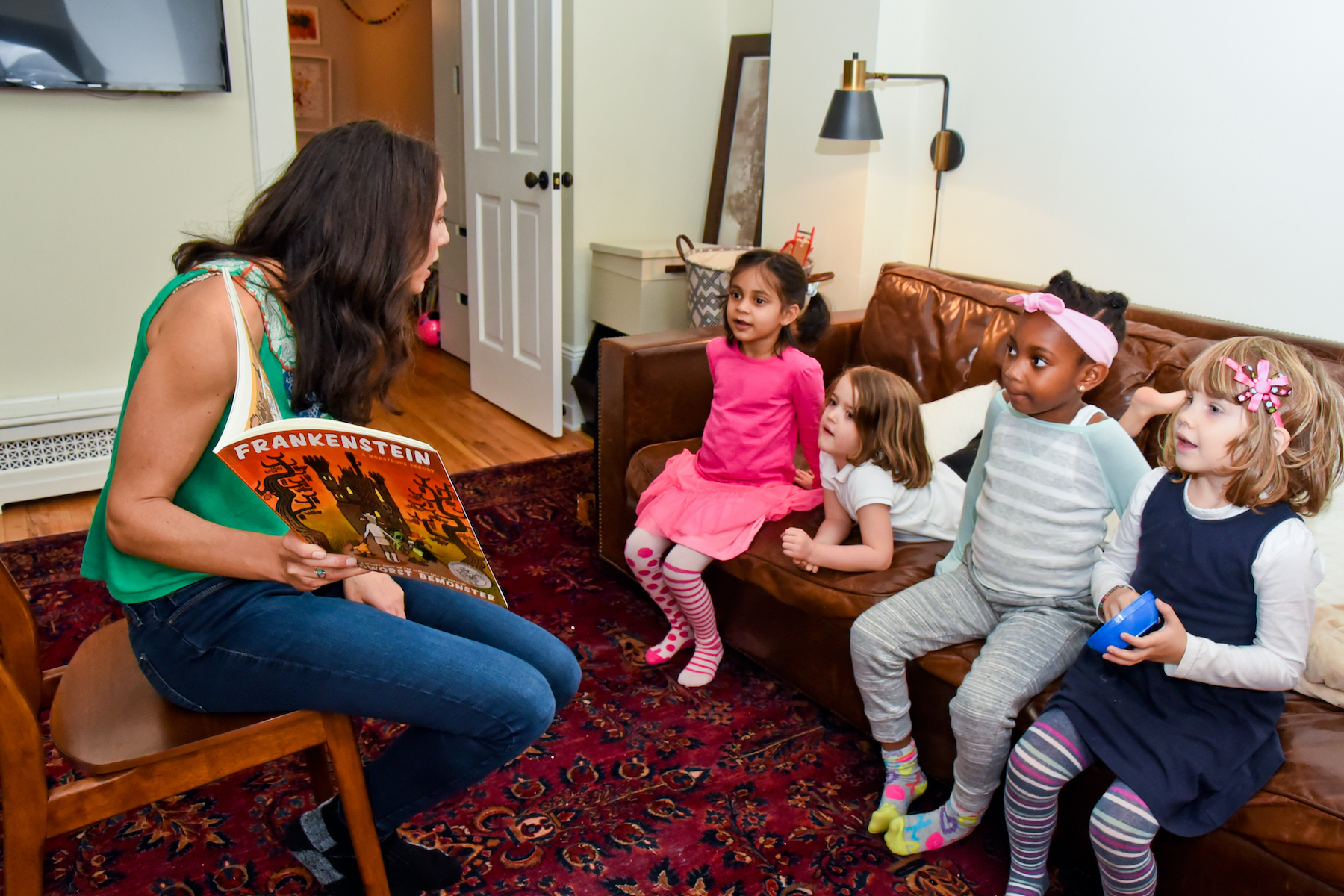We’ve all had those days when we don’t feel like picking up one more LEGO. Or when it would be nice if those little sprouts we popped out would, oh I don’t know, put the clothes they’ve tossed just outside the hamper into it. We can dream.
But seriously: When do our kids go from adorable little helpers who think the dustbuster is the coolest thing ever—to small roommates who won’t put in their share? And how do we change that?
“The reality is, you can’t make a kid do something against his will,” says Wiliam Stixrud PhD, the author of the bestselling book, The Self-Driven Child: The Science and Sense of Giving Your Kids More Control Over Their Lives. “You can’t make them do their chores. You can try to make it unpleasant enough that they’ll grudgingly do it, but that harms the relationship.”
So what’s a weary parent to do? How can we get kids to help without force, bribes, or threats? We chatted with experts and came up with 12 motivation tips for unhelpful kids.
1. Start early.
If you’re reading this and you still have kids of that emotionally pliable age (usually under five), now’s your chance to shape them into the helpful little people you want them to be. To do this, parent coach Abigail Wald recommends making the act of helping—which means doing things like doing dishes, cooking, folding laundry, etc.—a non-negotiable. They’re just something we do.
“From when your kids are very young, if you don’t make it a chore but you just make it what everyone does, that makes it easier as they grow up,” says Wald, whose workshops and podcasts aim to help parents of strong-willed kids.
Great, but what if you missed that particular memo, and you’re reading this with a brood of older kids who still balk at your simple requests to be helpful? What motivation tips do you use then?
2. Make it a habit.
Things come easier when they’re part of a routine. So start making some habits! For instance, pick a “Laundry Day” and have everyone pitch in.
“Make it play and do it all together so that it’s not like, ‘OK, you do this on your own,’ That builds the habit so that by the time the kid is older, maybe they can just do the laundry; they’ve built the habit and it’s been a fun pleasurable experience,” says Wald.
3. Don’t act like chores are “hard.”
If every time you set out to do the laundry you loudly lament the mountain of washing and folding ahead of you (literally, for this mom of 11!), it’s not going to make that particular chore very appealing to your future folders.
Our attitude toward chores rubs off on our kids, Wald explains. “If we act like we hate doing chores and then we say to our kids, ‘OK, now you’re old enough to do them,’ it feels like a negative thing and they’re not going to want to do them.”
Try to shift the way you look at helping, and they might, too. Have fun with it. Play dirty clothes basketball with the hamper! And be consistent: The more positive experiences kids have with helping, the more motivated they’ll be to keep it up.
Related story: Mom’s Step-by-Step List Will Actually Get Your Kid to Clean Their Room
4. Let them choose how they want to help.
Kids are more likely to do something when they’ve decided for themselves. “Say to them, ‘Obviously, I’m asking you to do things you don’t want to do. So why don’t you choose?’ Give them autonomy to choose how they want to help instead of defining it,” suggests Wald.
If your child chooses a task and doesn’t follow through, give them another chance. Wald explains that you can bring up the fact they didn’t follow through on the task and that you recognize there should be a system in place to support them. That’s when you see if they need help or want to pick something different.
5. Don’t fix what they do when they’re trying to be helpful.
So you asked your child to make their bed… and they did! They actually did! But when they proudly show you their work, you see that the sheets are still sagging to the floor and the comforter is draped diagonally across the bare mattress. It looks almost messier than when everything was just heaped on the ground.
This is an important motivation tip—resist the urge to fix it. “When our kids help, and then we fix what they have done—like, they fold their laundry and then we refold it in front of them—it makes them feel like, ‘Well, why am I going to do that?’ So it’s really important to focus on them doing it rather than them doing it right,” Wald says.
6. When it comes to helping siblings, use flattery to motivate.
You’ve got to be good at something to help someone else. So if you want your older child to help their younger sib with math homework, for instance, don’t make it feel like a job; make it feel like an opportunity for your older kid to strut their stuff. You can say something like: “I think your brother has a hard time grasping this—and I think this is one of those things you understand already—would you have a look at this?”
7. Make a “Circle of Kindness” to pay them back for their helpfulness.
After your kids have done something helpful, a good motivation tip is to show them you appreciate them by paying it forward. You can say ‘I noticed that you did something helpful for your brother, now I want to help you do something to thank you.” Wald says parents should remember to “make it a cycle” of kindness so that kids’ helpful actions trigger a circle of generosity within the family.
8. Use incentives (not bribes).
While you don’t want to flat-out bribe your kid, you can offer incentives. After all, doing chores or any work isn’t fun for everyone—especially tweens and teens, who would often rather be doing anything else. “When you have a job, you don’t necessarily love all parts of the job but you might like what it allows you to buy or the experiences it allows you to have. That’s OK,” Wald says.
9. Allowance helps.
For older kids (9+), try offering an allowance in exchange for completing chores or tasks. Sit down with your child and make a list of chores or tasks. Then, let that be the child’s “job” for the week.
Stixrud, whose academic work has centered on intrinsic motivation in children and young adults, explains it this way: “I like the logic of, ‘I want you to earn the money you spend,’ You can tell them, ‘I want to give you money. It makes you happy when I see you get the things you want. But I want you to earn those things.'”
10. Don’t force them to be helpful.
According to Stixrud, forcing an unwilling child to be helpful is like forcing an unwilling child to apologize: It gets the job done but doesn’t build the emotional IQ you want from the child. “When parents say, ‘How do I motivate my kid to do his homework or brush his teeth or mow the lawn, what they’re saying is, ‘How do I change my kid?’” he says.
Instead, try to work with your child by offering choices and incentives. You can set limits and consequences that make sense (such as, “You need to clean your room if you want friends to come over to play,” or “We have to do the dinner dishes before we can go out for ice cream”), but try to stay away from making your requests for help into forceful demands.
Simply taking force off the table may be motivating in itself. “Letting kids know you’re not going to force them is almost like a superpower,” Stixrud says.
11. Use natural consequences as motivation.
Did your teen not put their laundry in the hamper (again)? Let them run out of clothes! When they come to you, aghast, wondering why there’s no clean underwear in their drawer, tell them they can do it themselves next time. They’ll have to learn how to do the laundry and may think twice about tossing those dirty clothes on the floor next time.
12. Relax, and know your kids will turn out fine.
While it may feel like your child is acting selfish when they refuse to write a thank-you card to a grandparent or clean their rooms when you’ve asked them half a dozen times—don’t blame yourself or catastrophize their future. Their behavior regarding household chores and teen angst-ridden rants are NOT a reflection of you—or who they’re going to be.
Stixrud, stresses that—in the end—the most important thing is our relationship with our kids. “I promise, it doesn’t mean they will be lifelong slackers. It’s better if we let them slide occasionally than to be on them constantly and have it sour the relationship.”












